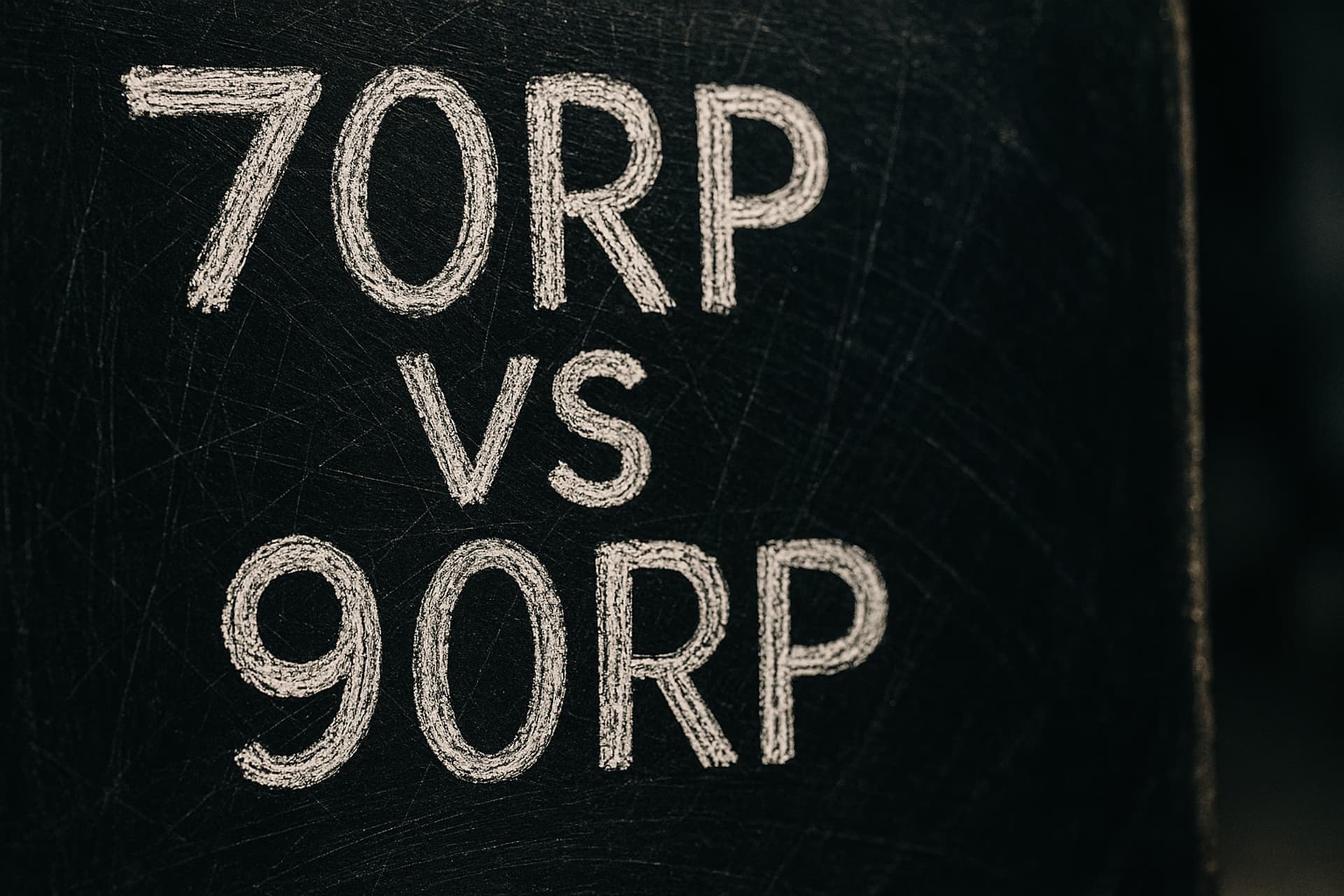O-Level Chemistry Instrument & Datalogger Skills
Download printable cheat-sheet (CC-BY 4.0)10 Nov 2025, 00:00 Z
A
Reviewed by
Azmi·Senior Chemistry Specialist
Want small-group support? Browse our IP Chemistry Tuition hub.
TL;DR
The 2026 SEAB syllabus reminds Centres that candidates should be familiar with data-loggers. Expect Paper 3 tasks that use temperature, pH, or light probes instead of manual readings.
Planning credit comes from outlining calibration, sampling interval, and data treatment; MMO/PDO hinges on disciplined setup and clear graphs.
ACE analysis should quantify uncertainties, compare logger data with manual measurements, and suggest improvements such as insulation or probe shielding.
Loop Back to the Experiment Hub
Anchor these sensor drills to the broader O-Level Chemistry Experiments hub so every Paper 3 routine—from calorimetry to electrolysis—shares the same data quality language.
1 | Instrumentation in the syllabus
- SEAB highlights that “Candidates are expected to be familiar with the use of data-loggers” when describing Paper 3 practical techniques (SEAB 2026 syllabus, p. 27).
- Assessment objectives still apply: Planning (variables, safety, data usage), MMO (correct handling), PDO (presentation accuracy), and ACE (analysis/evaluation) (SEAB 2026 syllabus, pp. 25 – 26).
2 | Planning for logger-based experiments
Use these prompts when writing Paper 3 plans involving sensors:
- Aim. Specify the property monitored (temperature, pH, light intensity).
- Calibration. Note pre-reading checks (e.g., two-point calibration for pH probe, ice/warm water baths for temperature sensors).
- Sampling interval. State how often readings will be logged (e.g., every 2 s for a fast reaction, every 15 s for cooling curves).
- Apparatus. Mention the specific probe, interface, and software/display being used, along with traditional backup equipment (stopwatch, thermometer).
- Safety. Address electrical equipment near liquids, hot plates, or corrosive solutions.
- Data usage. Explain how you will export, tabulate, and graph readings (time vs. temperature, potential vs. time, etc.).
3 | MMO tips for common probes
Temperature probes
- Place the probe through a lid or foam collar to reduce heat loss.
- Avoid letting the sensor touch the base of the beaker/cup; stir gently for uniform readings.
- Run a quick ice-water and warm-water test to confirm response time before starting.




